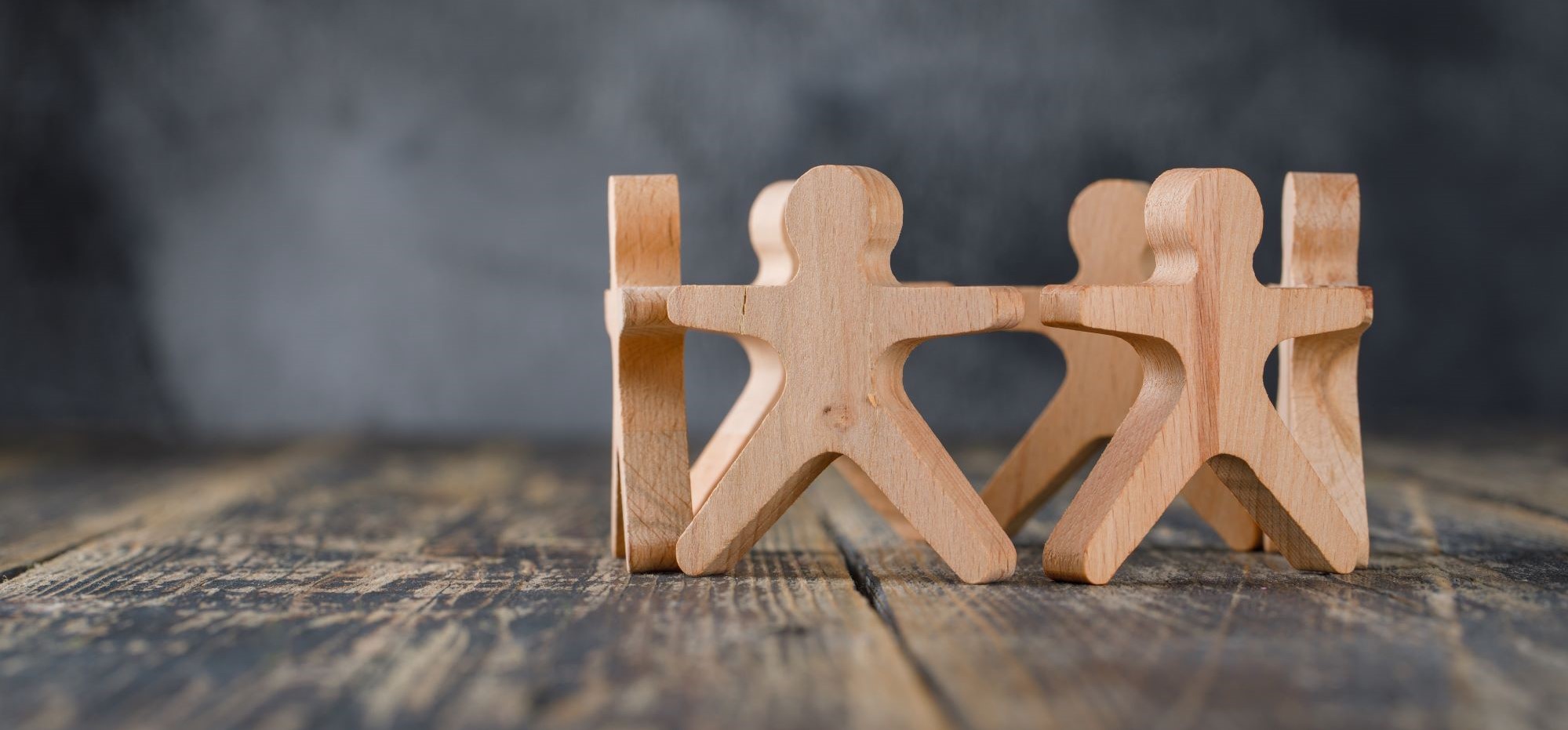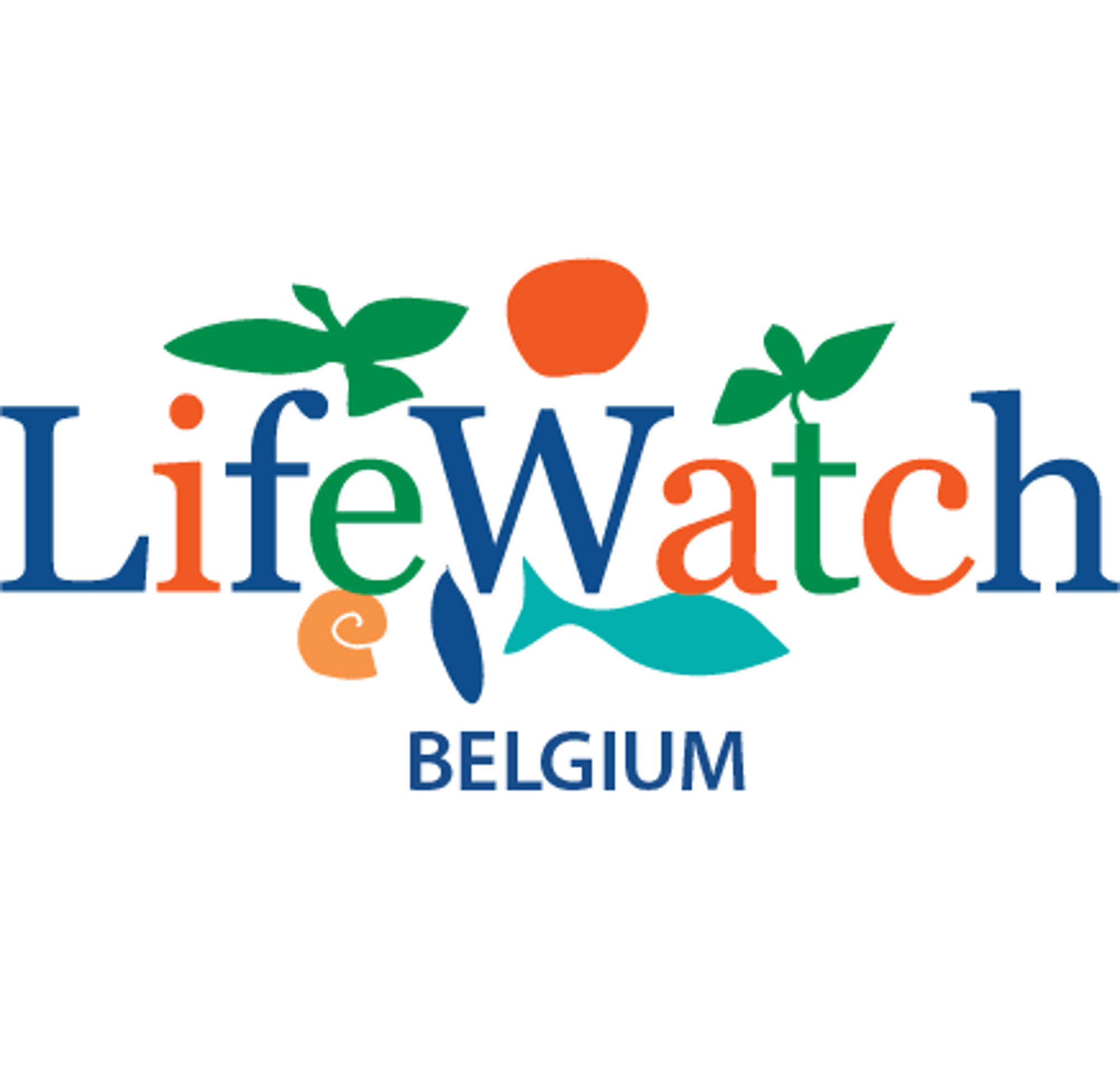Publication date: March 2nd 2023

We have reached the fifteenth and final episode of the WoRMS celebration stories. Over the past 15 weeks, we’ve tackled the ins and outs of current content, gaps and functioning of WoRMS, and given insights into the Data Management Team and the Editorial Board. This last story takes us outside of WoRMS to highlight some of the external data systems, initiatives and institutes that WoRMS intensely collaborates with.
Alliances between taxonomic databases
One of the philosophies of WoRMS is to never try to reinvent the wheel: if something already exists out there and it is good, it is better to pursue collaboration instead of duplication.
Long before the World Register of Marine Species (WoRMS) came into being, other large taxonomic databases were already in existence; two giants being FishBase (since 1989) and AlgaeBase (since 1996). Keeping in mind our general philosophy, collaboration possibilities and opportunities were sought with these databases. For both of them, services were developed to make it easier for the Data Management Team (DMT) to synchronise WoRMS and these other databases, mostly through the help of summer students. When the DMT receives questions or feedback on fish or macroalgal species, these are always forwarded to FishBase or AlgaeBase. Whatever decision these databases take regarding taxonomy and classification, WoRMS then follows.
Other taxonomic databases that are followed on a more ad-hoc basis by WoRMS through regular, manual synchronization include e.g., Reptile Database, the virus list of the International Committee on Taxonomy of Viruses (ICTV), Index Fungorum, and Phylum Ctenophora. These databases reflect the expertise in their fields, and WoRMS synchronizes with their content and communicates all feedback with them.

WoRMS: a taxonomic backbone
Being described as a one-of-a-kind authoritative classification and catalogue of marine names, WoRMS offers a unique level of expertise and completeness on our current knowledge of what lives in the ocean, how everything is named and how names relate to each other. From this perspective, WoRMS closely collaborates with the Ocean Biodiversity Information System (OBIS) and the Catalogue of Life (COL).
In the case of OBIS - and by extension its entire network of nodes - WoRMS provides the taxonomic backbone. In an ideal world, all taxon names within OBIS would be mapped to WoRMS. In reality, there are still a large number of names in OBIS that do not yet have a match in WoRMS. These names need further follow-up, to determine whether these are valid or not and thus whether they are potentially missing from WoRMS.
What WoRMS is for marine species, Catalogue of Life (COL) is for all of the world’s species, regardless of the environment they live in. To reach this goal, COL relies on WoRMS not only for sharing data on many of the marine taxonomic groups, but also welcomes the experiences and expertise WoRMS can share on interacting with a diverse community of taxonomic experts. WoRMS has largely automated its data exchange to COL by making available monthly updates of a variety of Global Species Databases from within the Aphia infrastructure. In addition, WoRMS is also represented within the COL Global Team, as well as its Taxonomy Group.
Since 2012, WoRMS and its underlying Aphia infrastructure have been major components within the LifeWatch Species Information Backbone. This backbone facilitates the standardization of species data and the (virtual) integration of the many distributed biodiversity data repositories and operating facilities. Aside from WoRMS, this backbone also links with, among others, Marine Regions, OBIS, Catalogue of Life and GBIF.
Generally speaking, collaborations and alliances are continuously being explored and further shaped and fine-tuned, all with the goal of offering easy and free access to a multitude of resources. Although WoRMS already connects with the genetically-oriented databases GenBank and BOLD, closer collaborations will be explored in the coming months. This is important not only in light of the exponentially increasing activities in the field of marine genomics, but also in light of the planned development of a strategy and guidelines to consistently deal with well-established temporary names and open taxonomic nomenclature within WoRMS, as this kind of nomenclature is being used more frequently by the taxonomic community and can no longer be ignored in taxonomic databases.
UN Ocean Decade - opening doors to new collaborations
As an Ocean Decade Project, WoRMS is officially connected to the endorsed Action Programme Marine Life 2030: A Global Integrated Marine Biodiversity Information Management and Forecasting System for Sustainable Development and Conservation. Marine Life 2030 will unite existing and frontier technologies and partners into a global, interoperable network and community of practice advancing observation and forecasting of marine life. Meanwhile, the WoRMS endorsement has also led to multiple possibilities of potential linkages and collaborations with other Decade actions, the most recent one coming from the UN Decade Challenger 150 program, where all activities are linked to the deep sea.
Author’s note…
We’ve reached the end of our 15th anniversary celebrations, which we chose to highlight through these 15 stories on diverse aspects of WoRMS.
Although I might have held the pen (or keyboard :-) ) for the past 15 weeks, these stories would not have become a reality without the full support of the Data Management Team (DMT), the Steering Committee (SC), VLIZ and LifeWatch Belgium. A special thank you to our current & previous SC for supporting this celebration approach and providing ideas for 15 different topics, the current and previous SC chairs (Shane & Tammy) and vice-chairs (Chris & Andreas) for reviewing all draft versions of these stories, and my DMT colleagues Wim, Stefanie & Bart for getting the numbers right and bringing these stories online with accompanying visuals.
Over the past 15 weeks, I’ve seen the interest in our stories grow and I have appreciated all feedback received from you as a reader, either deepening the topics that were touched upon, or pointing out small oversights or errors. The content of these stories forms a prelude for a full-blown scientific paper on the fifteenth WoRMS anniversary, from the Data Management perspective, and all provided feedback will be taken into account for this. We aim to submit by the end of the Summer.
I saw WoRMS come into existence 15 years ago and I rolled into the lead DMT position many, many years ago. Every day with WoRMS is still an adventure and a challenge, and - hopefully together with all of you - I cannot wait to see what the next decade(s) will bring.
Sincerely, Leen
References:
- https://www.fishbase.se/home.php
- https://www.fishbase.se/FishOnLine/English/FOL_Contributing2FishBase.htm
- https://www.sealifebase.ca/home/index.php
Contact
WoRMS Data Management Team - info@marinespecies.org
Image credits
Acknowledgements:
This celebration and series of news messages initiated by the Data Management Team (DMT) would not have been possible without the collaboration of the WoRMS Steering Committee (SC) & voluntary contributions by many of the WoRMS editors.
The work of the DMT and many WoRMS-DMT-related activities are supported by LifeWatch Belgium, part of the E-Science European LifeWatch Infrastructure for Biodiversity and Ecosystem Research. LifeWatch is a distributed virtual laboratory, which is used for different aspects of biodiversity research. The Species Information Backbone of LifeWatch aims at bringing together taxonomic and species-related data and at filling the gaps in our knowledge. In addition, it gives support to taxonomic experts by providing them logistic and financial support for the organization of meetings and workshops related to expanding the content and enhancing the quality of taxonomic databases.
WoRMS – as ABC WoRMS – is an endorsed action under the UN Ocean Decade.
Note: as is the case for previous stories and their highlighted examples, many more examples are available within WoRMS. The highlighted examples are either well-known to the Data Management Team through close interactions with the related editor-groups or through discussions within the Steering Committee. It is by no means the intention of the DMT to favour any group or species over another. The names of all species are equally important to be documented within WoRMS.



